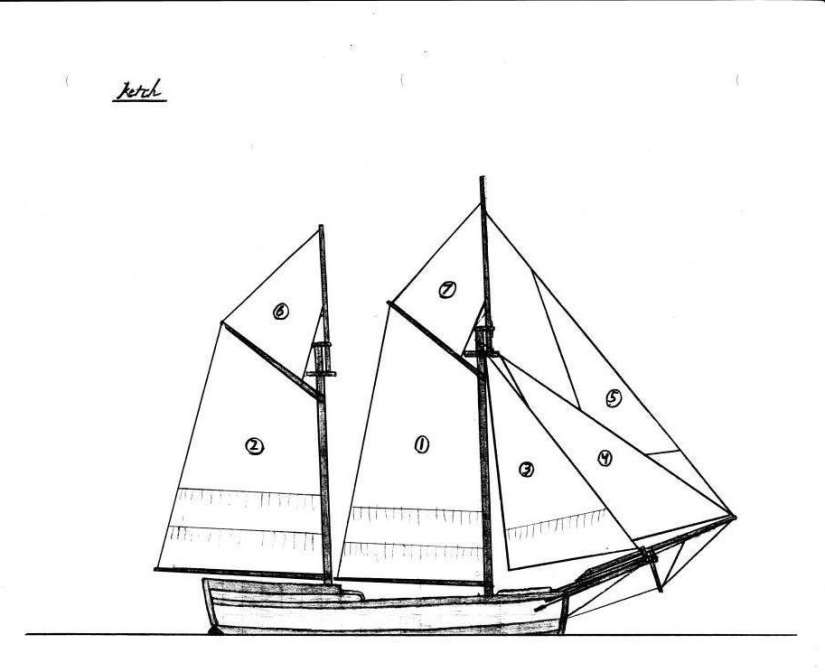
The Right Dose of Exercise for a Longer Life - NYTimes.com
by Gretchen Reynolds
They found that, unsurprisingly, the people who did not exercise at all were at the highest risk of early death.
But those who exercised a little, not meeting the recommendations but doing something, lowered their risk of premature death by 20 percent.
Those who met the guidelines precisely, completing 150 minutes per week of moderate exercise, enjoyed greater longevity benefits and 31 percent less risk of dying during the 14-year period compared with those who never exercised.
The sweet spot for exercise benefits, however, came among those who tripled the recommended level of exercise, working out moderately, mostly by walking, for 450 minutes per week, or a little more than an hour per day. Those people were 39 percent less likely to die prematurely than people who never exercised.
At that point, the benefits plateaued, the researchers found, but they never significantly declined.






